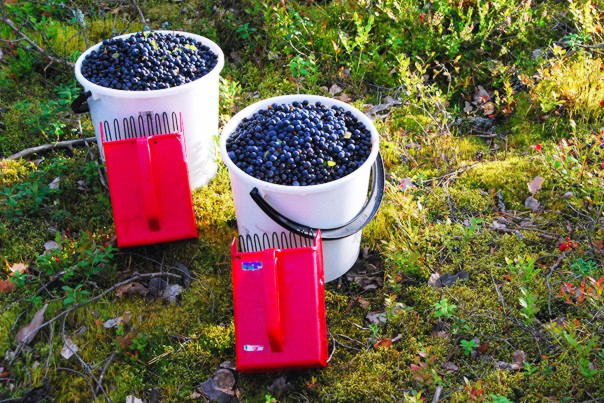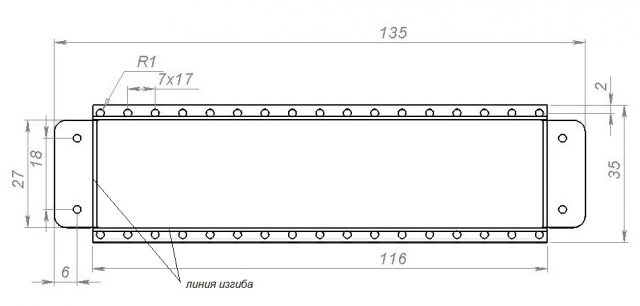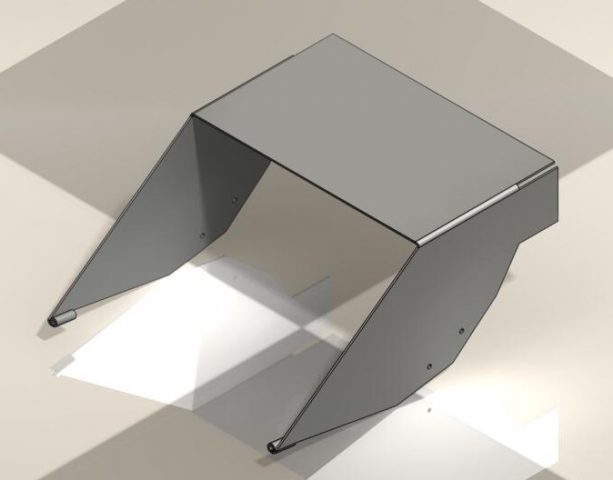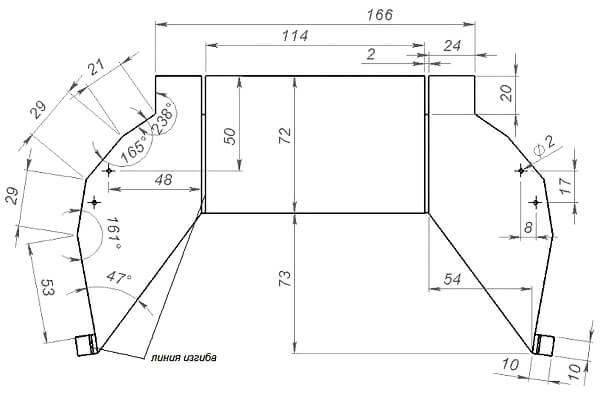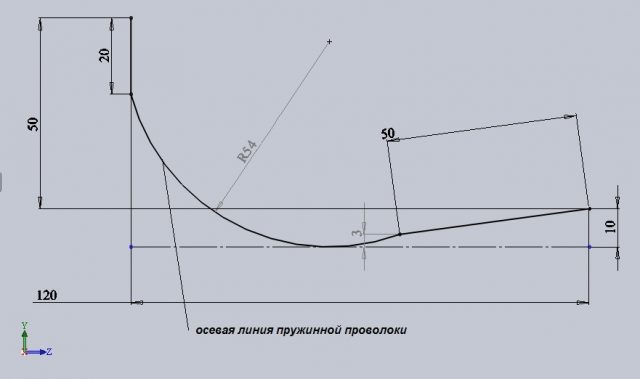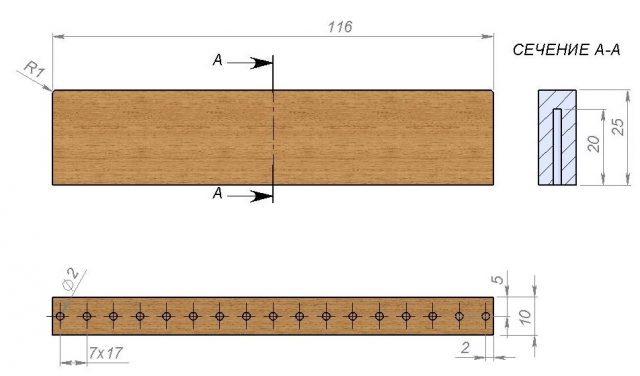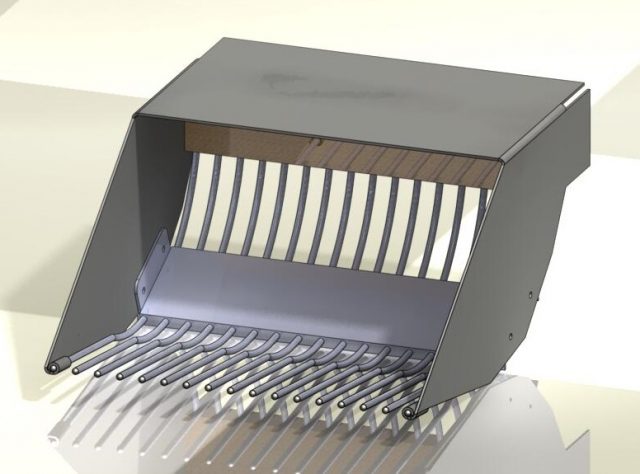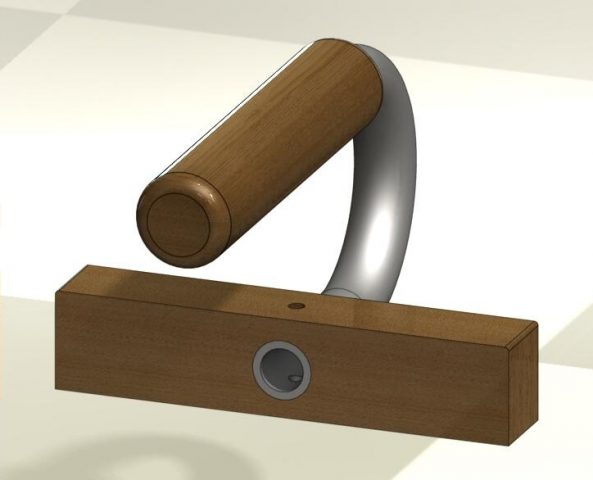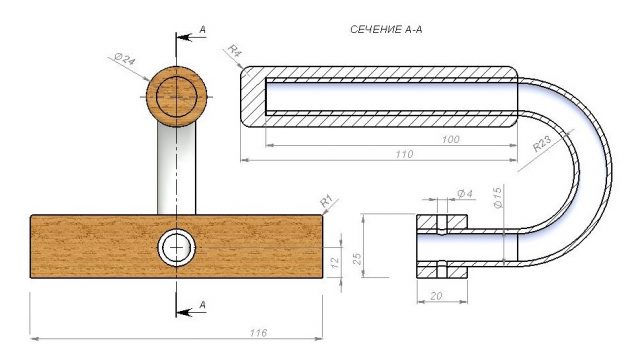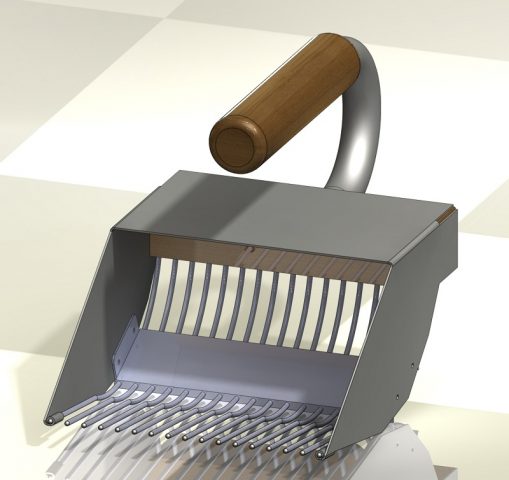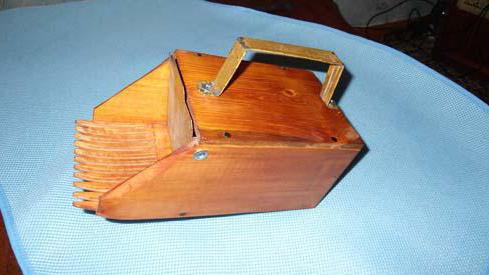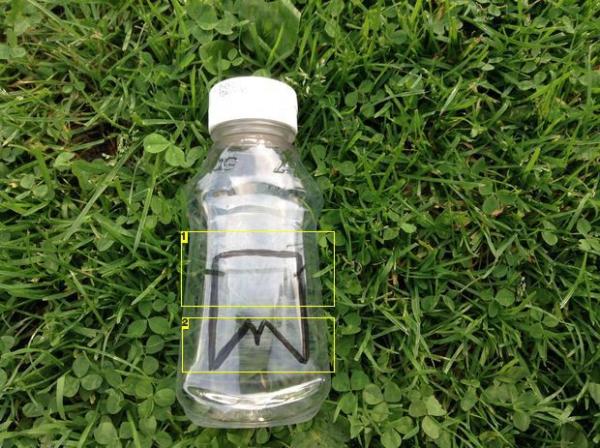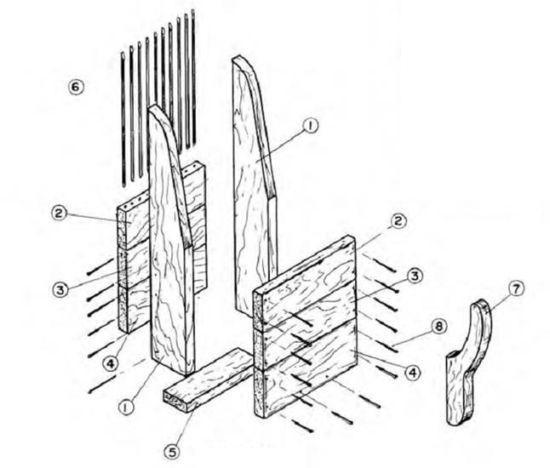Content
Do-it-yourself blueberry harvester does not take long to create. The device resembles a small bucket with teeth. It is more important to carry out correct assembly so that the comb does not injure the branches of the plants.
How to pick blueberries
Collecting small berries is a boring, long, exhausting occupation. Blueberry lovers are trying to speed up the process by using different methods, devices. However, regardless of the chosen method, it is advisable to adhere to the basic rules of harvesting:
- Blueberries begin to ripen around July. At this time, you should be guided by, prepare containers and devices for picking berries in advance.
- Blueberry bushes can grow for over 20 years. Berries are picked from young plants not older than 15 years. These blueberries contain more vitamins.Attention! The approximate age of the bush is determined by the branches. The more lateral processes, the older the plant.
- Only ripe berries are to be picked. They can be identified by their blue color with a black tint. Unripe blueberries will not ripen, and overripe berries will quickly disappear.
- According to popular beliefs, blueberries are harvested for quick use before the full moon. These berries are tastier. For long-term storage of the crop, it is better to harvest it with your own hands after the full moon.
- It is optimal to start harvesting early in the morning or in the evening. Dry, cool weather is optimal.
- It is better to put blueberries in wicker baskets, where the berries are better ventilated through the cells. In extreme cases, a plastic container is suitable.
Avid forest lovers advise against using harvesters, scrapers, rakes for collecting blueberries and other devices. Mechanisms injure fruit twigs. The next year, the yield of damaged bushes will decrease.
Pros and cons of blueberry pickers
Any blueberry picking machine benefits humans and harms the plant. Harvesting is accelerated by a combine harvester 3 times, which is the main advantage of the device. A person does not pick one berry at a time, but grabs a whole handful at once. The harvester no longer has any advantages.
There are more disadvantages to berry picking devices. Any harvester takes some getting used to. At first, the hand of the picker gets very tired. On homemade harvesters, the rake rarely meets the standard. A lot of berries slip between the sparse teeth, and a thick comb peels off the twigs along with the foliage, bark and fruiting buds. The next year, the shoots will give birth worse, as the plant is recovering.
Can blueberries be harvested with a combine
In the countries of the post-Soviet space, the taboo on the tool for collecting blueberries is still preserved. There is no strict control, it is just that no one has canceled the law. At that time, primitive harvesters were explored. After their application, the yield of blueberries decreased, the plant required a long recovery period.
New improved harvesters cause minimal damage to twigs. Mechanisms are officially approved in Sweden and Finland. Norwegians use large-scale harvesters.
The minimum damage from a modern combine can be judged by the video:
How to harvest blueberries with a combine
Any blueberry scraper consists of a comb, a collector and a handle. The shapes are very different: oval, elongated, rectangular, round. Berry collectors are hard and soft in the form of bags. The principle of using any combine is the same. The bucket is held by the handle by hand. With the other hand, they direct the twigs with berries to the comb. As the combine moves forward, fruiting shoots slip between the tines. Blueberries in diameter larger than the gap will get stuck between the pins. The berry comes off the stalk and rolls into the collector.
How to make a blueberry harvester
A device is assembled from plastic, wood, metal. A bucket in the form of a box or a cloth bag acts as a berry collector. The main working mechanism of the combine is the comb. The optimum length of the teeth is 6 cm. The width of the gaps is 5 mm. The comb can be adapted from a store comb or made by yourself. Usually, the material for the teeth is steel wire or wooden skewers.
The video shows more about the homemade harvester:
Blueberry picker from sheet metal
A durable harvester is made from thin sheet stainless steel. In extreme cases, galvanized steel is suitable. Consists of a scoop for collecting blueberries from a ladle and a handle. To manufacture the first element, perform the following steps:
- A rectangular blank is cut from sheet steel. The stiffener is bent according to the drawing. On the long curved shelves, holes are drilled in 5 mm increments, where the wire teeth will be inserted.
- Adhering to the drawing, a body element is cut out of the metal. The side shelves are bent, forming a U-shaped workpiece.
- The comb teeth of the combine are made of stainless, bend-proof wire 2 mm thick. The elements must have the same bend. It is more convenient to bend the teeth on a wooden template.
- The last element of the combine bucket is the lashing block. A 10 mm thick wooden lath is drilled every 5 mm. The teeth will be inserted into the mounting block.
When assembled, you should get a bucket, but so far without a handle.
For the handle of the combine, you will need a piece of aluminum or metal-plastic pipe. The workpiece is bent with the letter "U". A wooden round handle is put on one end. The other end of the pipe is inserted into a hole drilled in the center of the bar. Its size is equal to the parameters of the fastening bar for the teeth.
When all the units of the combine are prepared, they start assembling. First, the bucket is assembled. The body is connected to a stiffener and a fixing bar. Self-tapping screws, rivets are used for fixing. The wire teeth are placed in the holes with glue so that they do not fall out. The handle is attached with a bar to a fastening bar fixed to the bucket. Two wooden elements are pulled together with self-tapping screws.
A ready-made ladle for collecting blueberries is tried in practice. If the teeth severely injure the blueberry branches, check the gaps. Perhaps some of the elements are bent and tightly clamp the shoots.
Wooden blueberry picker
A simple do-it-yourself blueberry harvester is made from plywood. In fact, the device resembles an excavator bucket. 5 blanks are cut out of plywood: side elements of the same shape and size, top cover, back plug and bottom comb. It is easy to cut four fragments with a jigsaw. The difficulty lies in the manufacture of the fifth part - a comb. On a rectangular piece of plywood, the teeth are accurately traced with the same gap. Each cut is carefully carried out so as not to break the comb element.
The workpieces are connected together with self-tapping screws. A U-shaped handle is attached to the top cover of the combine bucket. It is made from a thin tube or steel plate.
Blueberry harvester from a plastic bottle
A primitive harvester can quickly be built from a PET container. The bottle acts as a fruit picker for blueberries and a comb. If, while walking in the forest, you come across a fruitful bush, but you don't have a combine with you, you should look into your backpack. Ketchup, kefir or other product in a bottle taken for a picnic will have to be used quickly. If you have a choice, it is advisable to take a container that is rigid with a wide neck of small volume. Additionally, you will need a stick from the materials, which is not a shortage in the forest, a piece of rope or tape. From the tools you need a knife or scissors and a marker.
Laying the bottle on one side, draw a window in the form of a flag with a marker on the side wall. The working side, directed by the teeth to the bottom of the container, is shaped into the English letter "W". A fragment is cut out according to the marking with a knife or scissors. The edges of the comb are sharp enough to cut blueberries. The stiffer the bottle wall, the stronger the comb will be.
The cut fragment is discarded. It is not needed for a combine. The bottle is tied tightly to the stick with the bottom up. It is advisable to use scotch tape. The bottle will slide off the rope. Harvesting is carried out by pulling the device along the branches. A sharp blueberry picking comb cuts the berries with three prongs and rolls them into the neck of the bottle. When the fruit collector is full, unscrew the cap. Through a wide neck, the berries are poured into a wallet.
DIY blueberry harvester drawings
There are a lot of drawings for combines. The principle of their structure is almost the same. A metal and wood bucket was reviewed. It remains to get acquainted with the drawing of the combined harvester. The difference between the do-it-yourself blueberry picker is that the teeth of the comb are not cut out of plywood. The elements are made from pieces of steel wire or wooden skewers for stringing kebabs. The pins are driven into the drilled holes at the end of the bucket bottom.
Conclusion
Do-it-yourself blueberry harvester must be assembled responsibly. If it turns out to be a marriage and the comb breaks branches, there is no need to be lazy in correcting defects, otherwise the next year you may be left without a crop.
